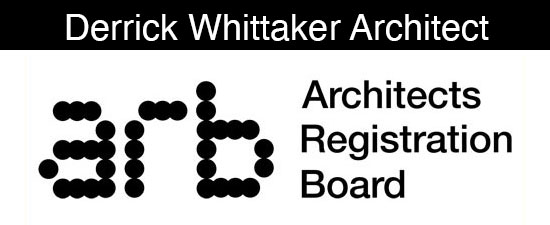Over the last few years timber frame buildings have been on the increase despite a decline since 2008 in new homes being built in the UK.
According to UK Timber Frame Association ( UKTFA ), timber frame had 24.4% market share of new housing leading to a rise in Industry Turnover to £601 million, in 2008. It is forecast to return to those heights in 2012. So should you consider timber framing for your new build project or extension?
In the developed world, over 70% of people live in timber frame housing.
Timber framed housing can be found in Canada and Scotland, where it is the most popular form of house construction. The ease and speed of building and energy efficiency create comfortable housing throughout the year.
In hot and humid countries such as Australia and Malaysia timber framing is also popular, so proving that it can cope with the changeable climate in the UK.
Architecturally your new building need not be diminished or compromised by choosing softwood framing or oak framing. Invariably the style and quality of build is enhanced by the use of such flexible materials.
Is wood sustainable?
Timber is an organic, non-toxic and naturally renewable building material. In many parts of the world, deforestation is a major problem, but the European construction industry utilizes mainly softwood. Over 90% of all used in Europe is sourced from European forests. UK timber frame sources the vast majority of its oak and 99% of its softwood from Europe.
Forests around the world act as huge carbon sinks, actively absorbing harmful global warming gases. Many countries in Europe are committed to planting more trees than are harvested. Increased demand for timber could result in the need for well run, sustainably managed forests.
Advantages to using wood.
• Even allowing for transport wood is effectively a carbon-neutral material.
• Timber frame has the lowest CO2 cost of any commercially available building material.
• For every cubic metre of wood used instead of other building materials, 0.8 tonne of CO2 is saved from the atmosphere.
• Strength for strength, concrete uses 5 times (and steel uses 6 times) more energy to produce than timber.
Eco-friendly homes
A typical 100 sq m two-storey detached timber frame home contains 5-6 cubic metres more wood than the equivalent masonry house. Every timber frame home saves about 4 tonnes of CO2, in its construction. In addition to the CO2 savings, the running costs of a timber framed house can be reduced because of timber’s thermal efficiency.
Construction efficiency
On average, timber frame buildings have 30% shorter, more predictable construction time than brick and block. This should mean a faster return on your money and reduced disruption. A timber framed house can be weather tight in about 5 days.
UK success story
The timber construction industry is a UK manufacturing success story. There are several hundred firms across the UK involved in design, manufacture and construction of timber frame buildings, providing thousands of UK jobs.
What next?
As ever when undertaking a new building venture, it is essential to approach a professional with the knowledge and experience to ensure you obtain the best advice. Here at Derrick Whittaker Architect, we are well placed to assist.

